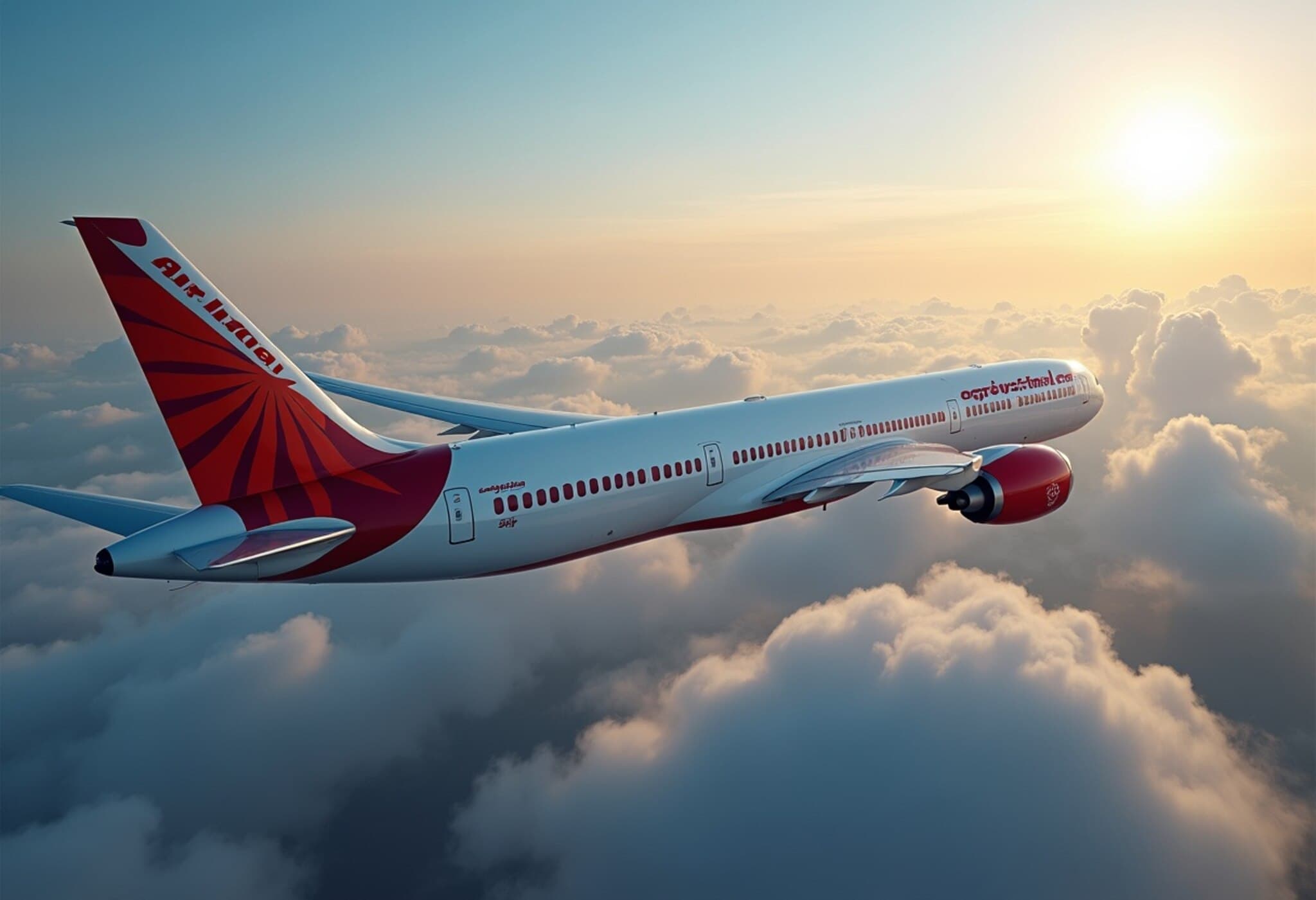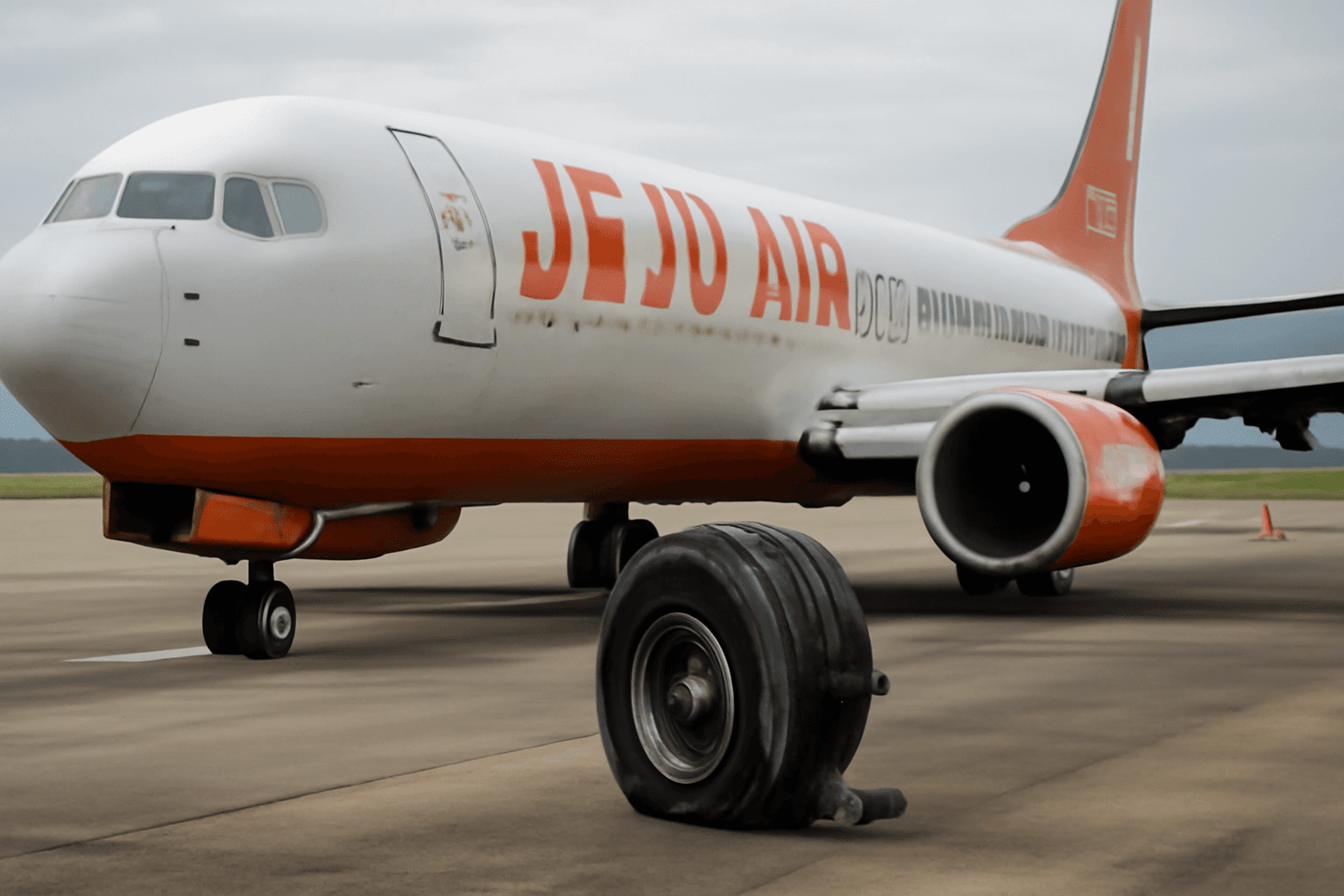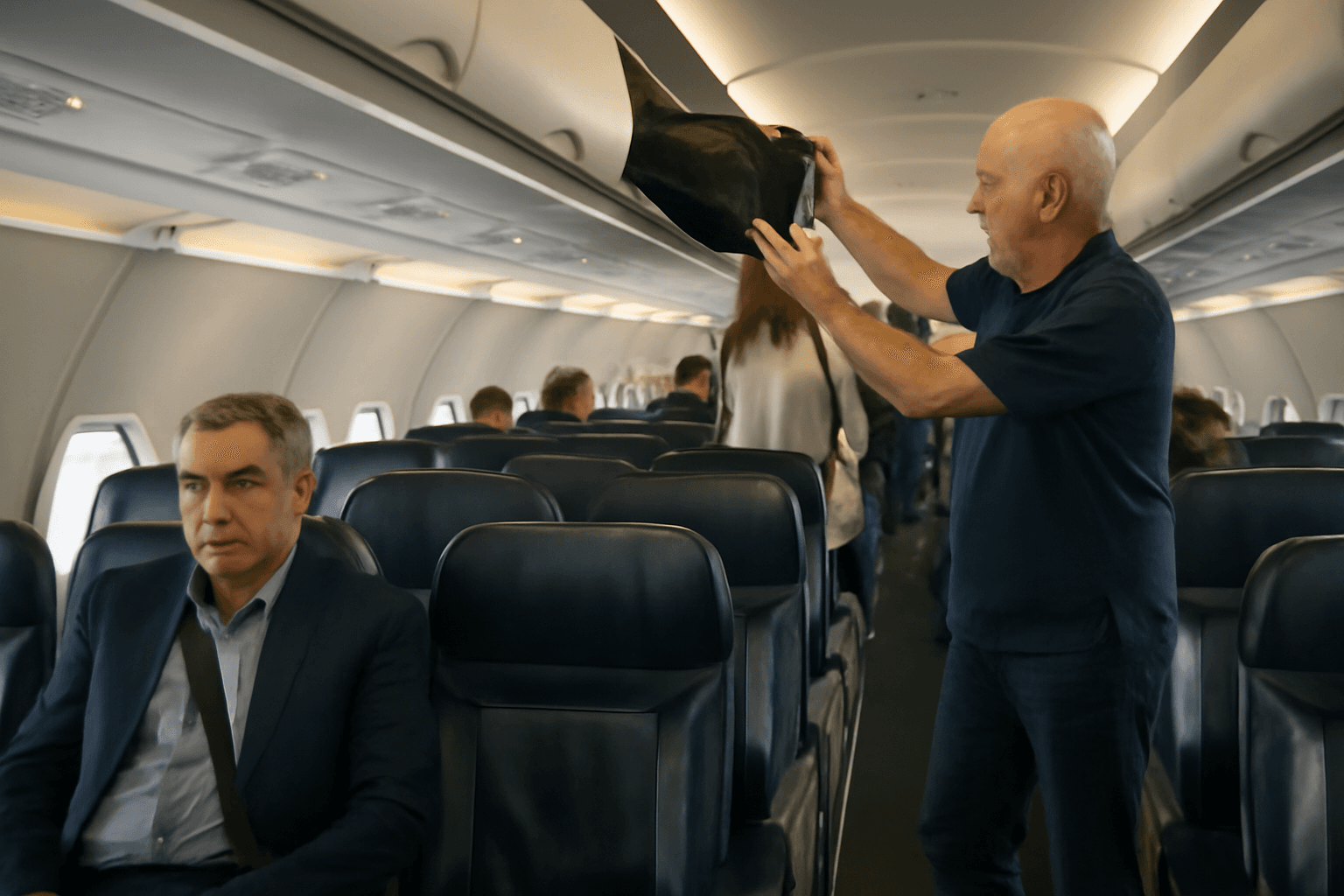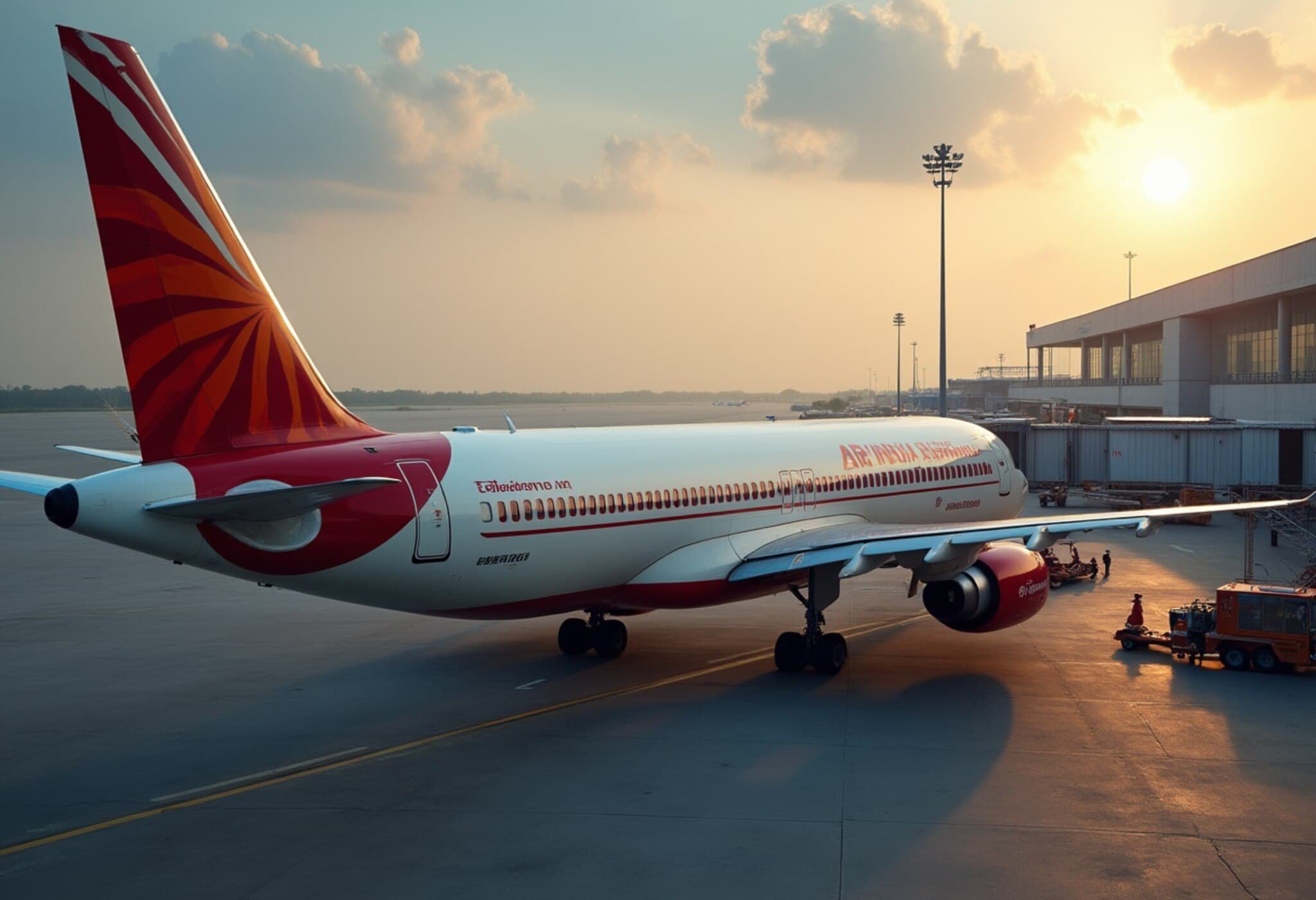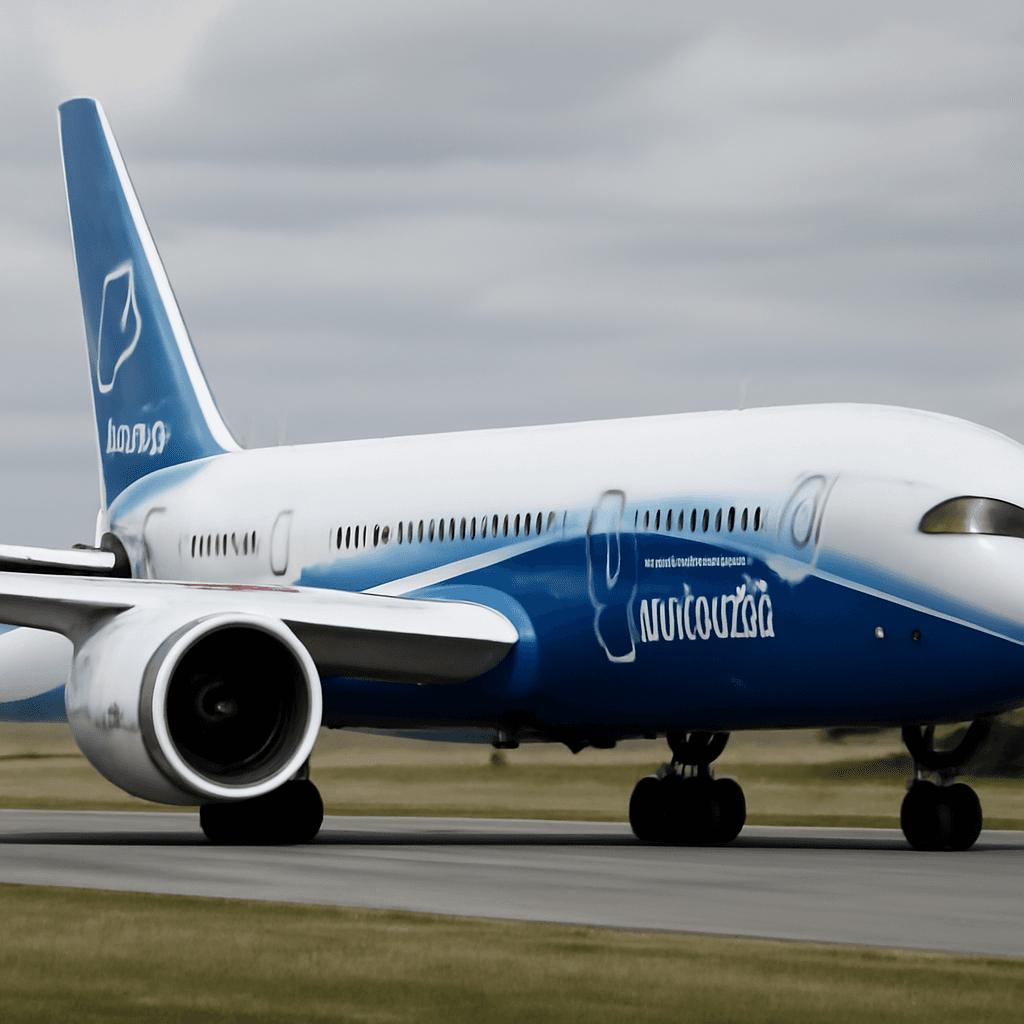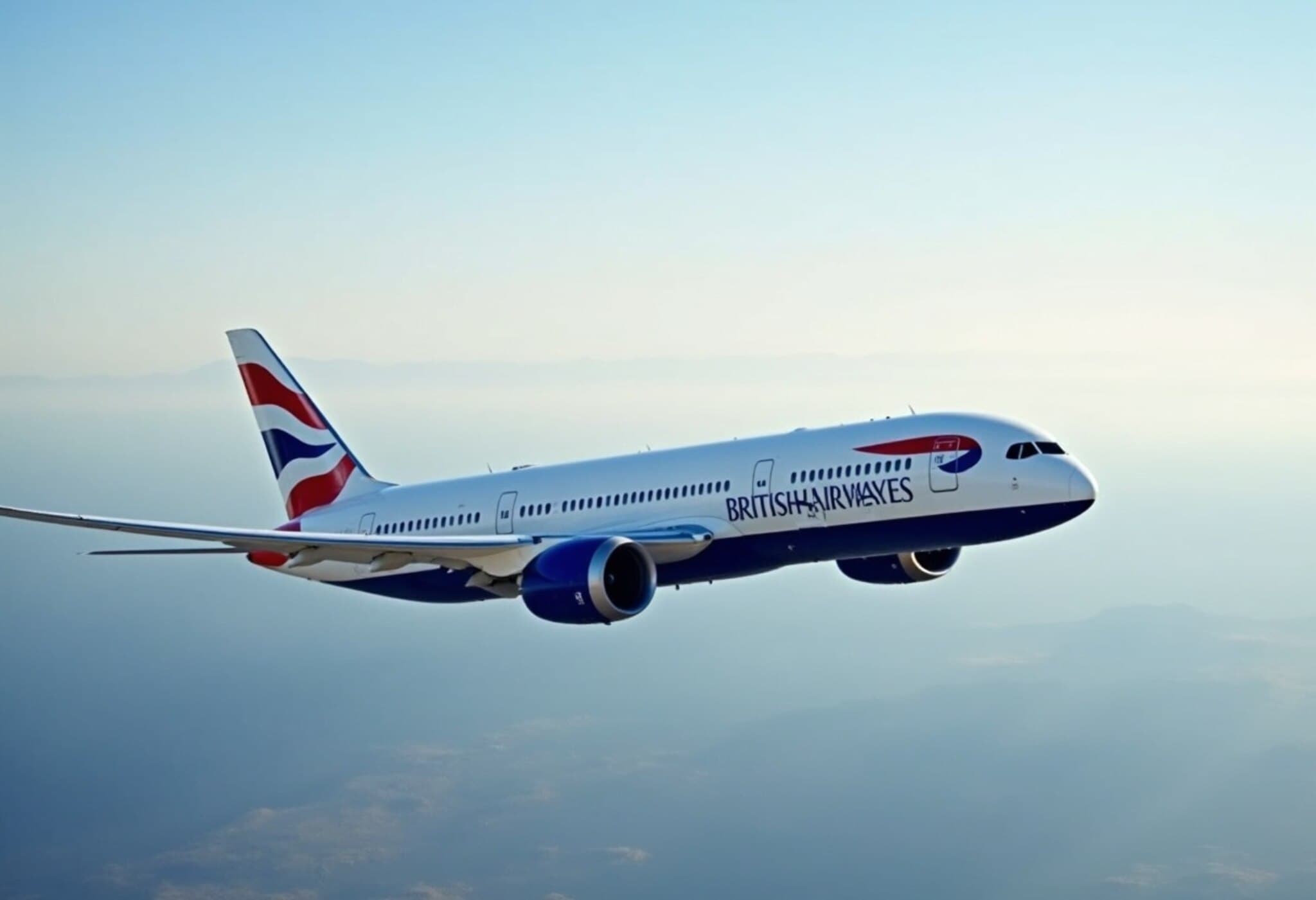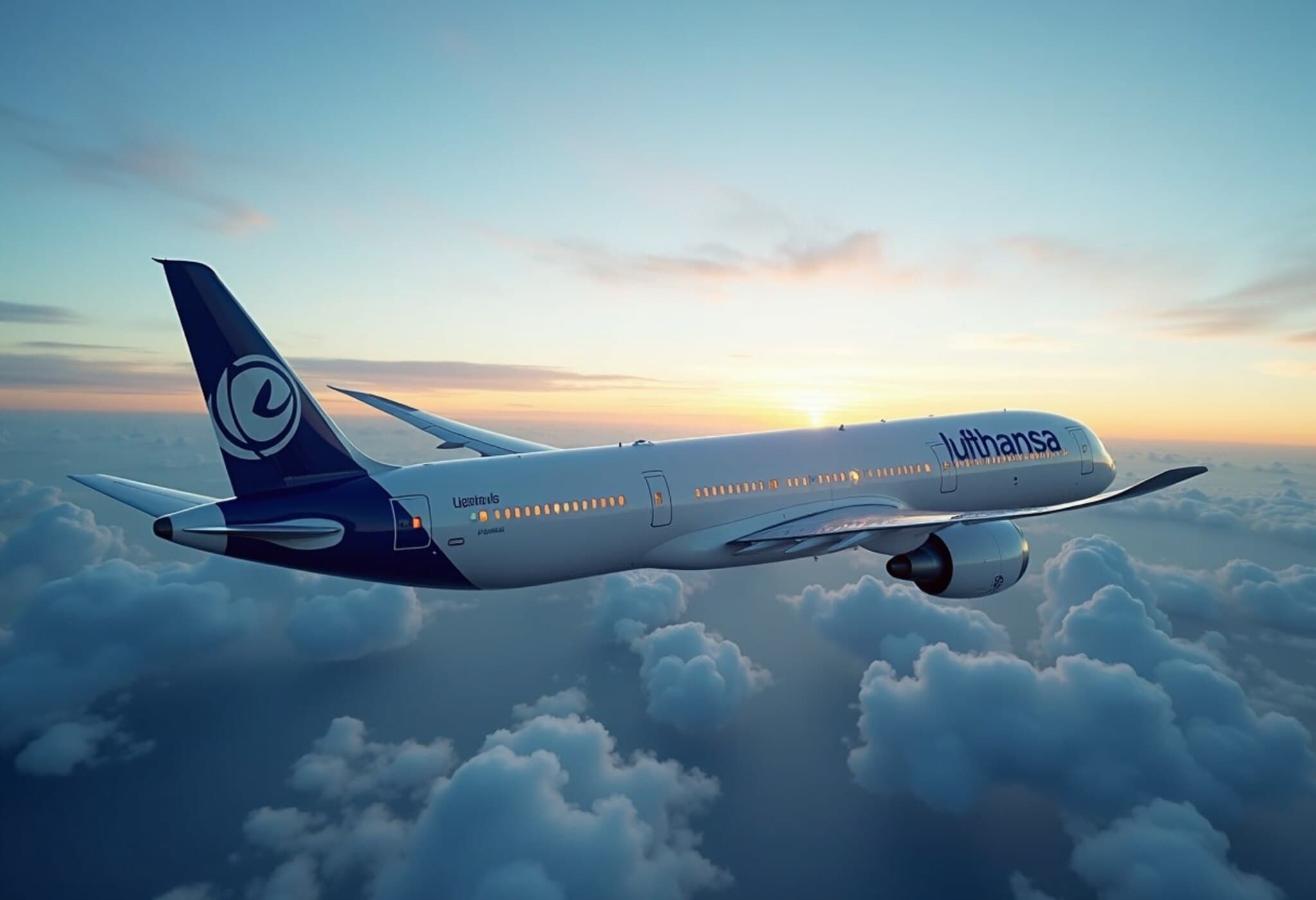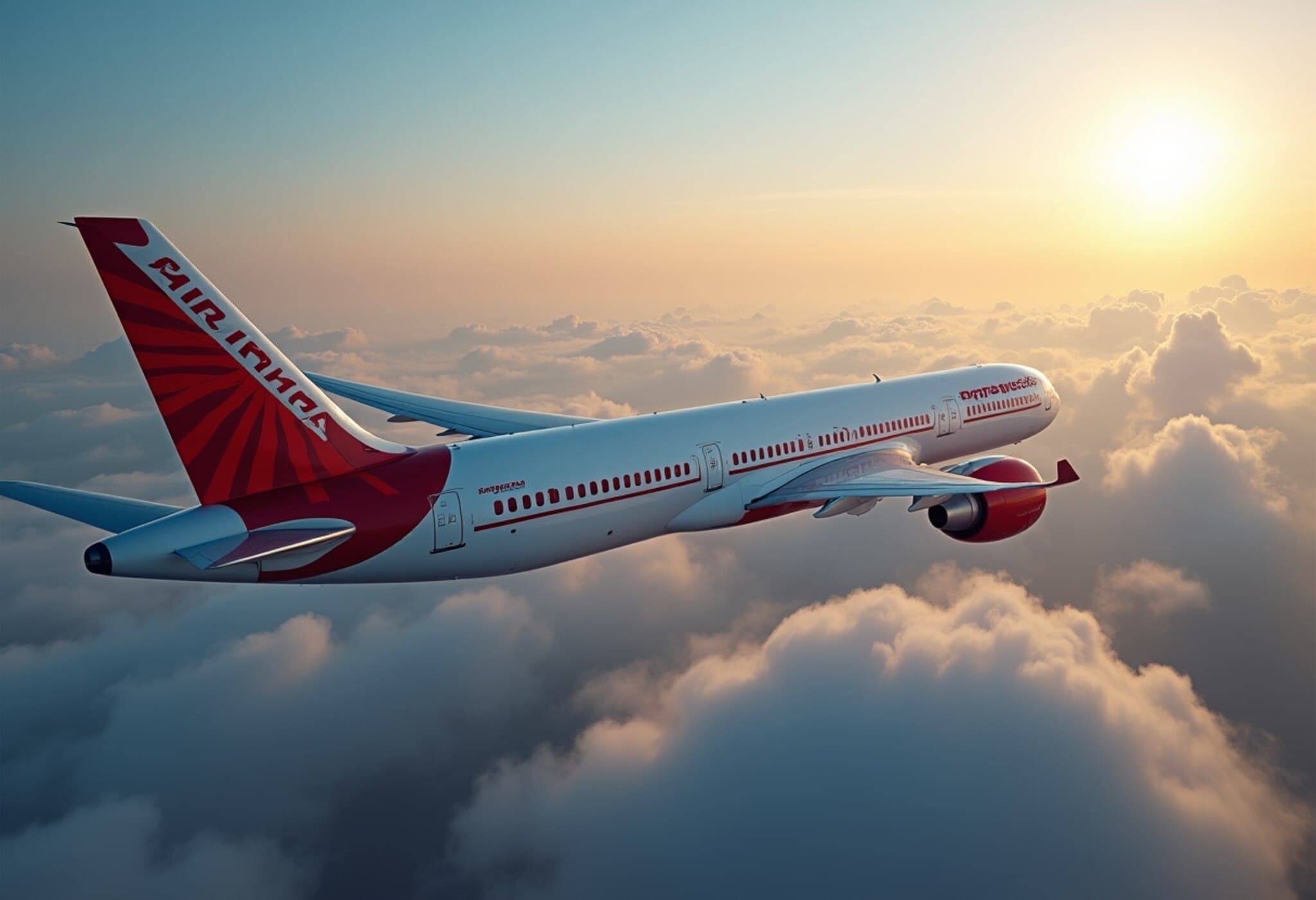FAA Issues Safety Alert on Boeing 787 Ram Air Turbine Alloy Defect
The U.S. Federal Aviation Administration (FAA) recently raised serious safety concerns about a potential manufacturing flaw affecting ram air turbine (RAT) forward fittings on Boeing 787-9 and 787-10 Dreamliner aircraft. This advisory comes after initial reports identified the use of an incorrect titanium alloy that could compromise the durability and operational reliability of this critical emergency power system component.
What Is the RAT and Why Is It Critical?
The ram air turbine is a small, deployable propeller-like device located on the aircraft’s fuselage, designed to provide essential backup hydraulic and electrical power in rare but high-stakes situations such as dual-engine failure. Its role is akin to a safety lifeline, ensuring vital systems remain operational when primary power sources are lost.
The FAA’s notice draws attention to the possibility of the RAT forward fittings being manufactured with Grade 1 or 2 commercially pure titanium instead of the specified titanium alloy. This substitution significantly reduces the part’s strength, fatigue resistance, and damage tolerance, potentially leading to catastrophic failure — including the RAT detaching from the airplane during deployment.
Impact on Airlines and Recent Incident Review
Among the affected operators is Air India—which inherited seven Boeing 787-9 aircraft from the erstwhile Vistara brand after their merger. Notably, one Boeing 787-8 Dreamliner from Air India tragically crashed in Ahmedabad on June 12, mere seconds after takeoff, during which the RAT deployed. However, the FAA’s current advisory specifically targets 787-9 and 787-10 variants, meaning the 787-8 fleet used by Air India is not included in the mandatory inspection order.
This distinction underscores an important nuance: while similar aircraft types share design elements, regulatory actions can be highly specific based on the exact variant and component configurations.
Regulatory and Manufacturer Response
Boeing responded affirmatively to the FAA’s directive, stating that it had already issued guidance to operators of 787-9 and 787-10 models earlier in 2025 and fully supports making such inspections mandatory. They reassured that the in-service fleet may continue normal operations while inspections are conducted, signaling confidence but also caution.
The FAA is now moving forward with a Notice of Proposed Rulemaking (NPRM) to require mandatory checks, which involve high-frequency eddy current testing or handheld X-ray fluorescence spectrometer inspection to accurately verify the titanium alloy material used in the RAT forward fittings.
Boeing 787 Alloy Issue: Broader Safety Implications
- Material Integrity: Using incorrect materials in critical parts can seriously compromise safety margins, an issue that echoes broader aviation industry lessons about stringent quality control.
- Supply Chain Vigilance: This incident highlights the increasing complexity of aerospace manufacturing and the urgent need for robust supplier audits to prevent such mix-ups.
- Regulatory Oversight: The FAA’s proactive approach in issuing NPRM reflects an evolving safety culture emphasizing early detection and prevention rather than reactive measures after incidents.
For passengers and the flying public, while these developments can sound alarming, it’s important to remember that aviation remains one of the safest modes of travel, thanks to rigorous standards, swift regulatory responses, and layered redundancies.
Looking Ahead: Questions and Considerations
This incident invites a larger conversation about how aviation authorities worldwide address manufacturing variances and maintain trust with airlines and passengers alike. Will increased scrutiny on material traceability become the norm? How can legacy fleets be monitored efficiently to avoid similar risks? The FAA’s current actions may set a precedent for how aerospace safety evolves in an era of advanced materials and complex global supply chains.
Editor’s Note
The FAA’s alarm regarding the RAT’s alloy composition in Boeing’s 787-9 and 787-10 models serves as a timely reminder of the thin margins between safety and risk in modern aviation. While the agency’s swift intervention protects passengers by enforcing mandatory inspections, it also underscores the critical role of material verification in aerospace manufacturing. As airlines navigate operational continuity and compliance, ongoing transparency and technological innovation in quality assurance remain paramount to uphold public confidence in air travel’s safety.


